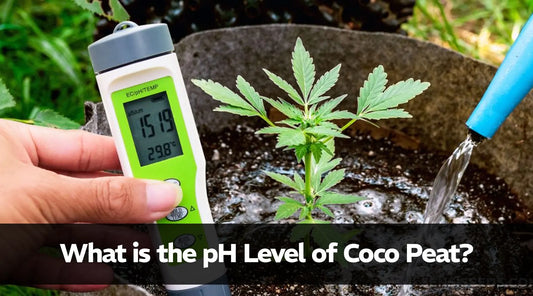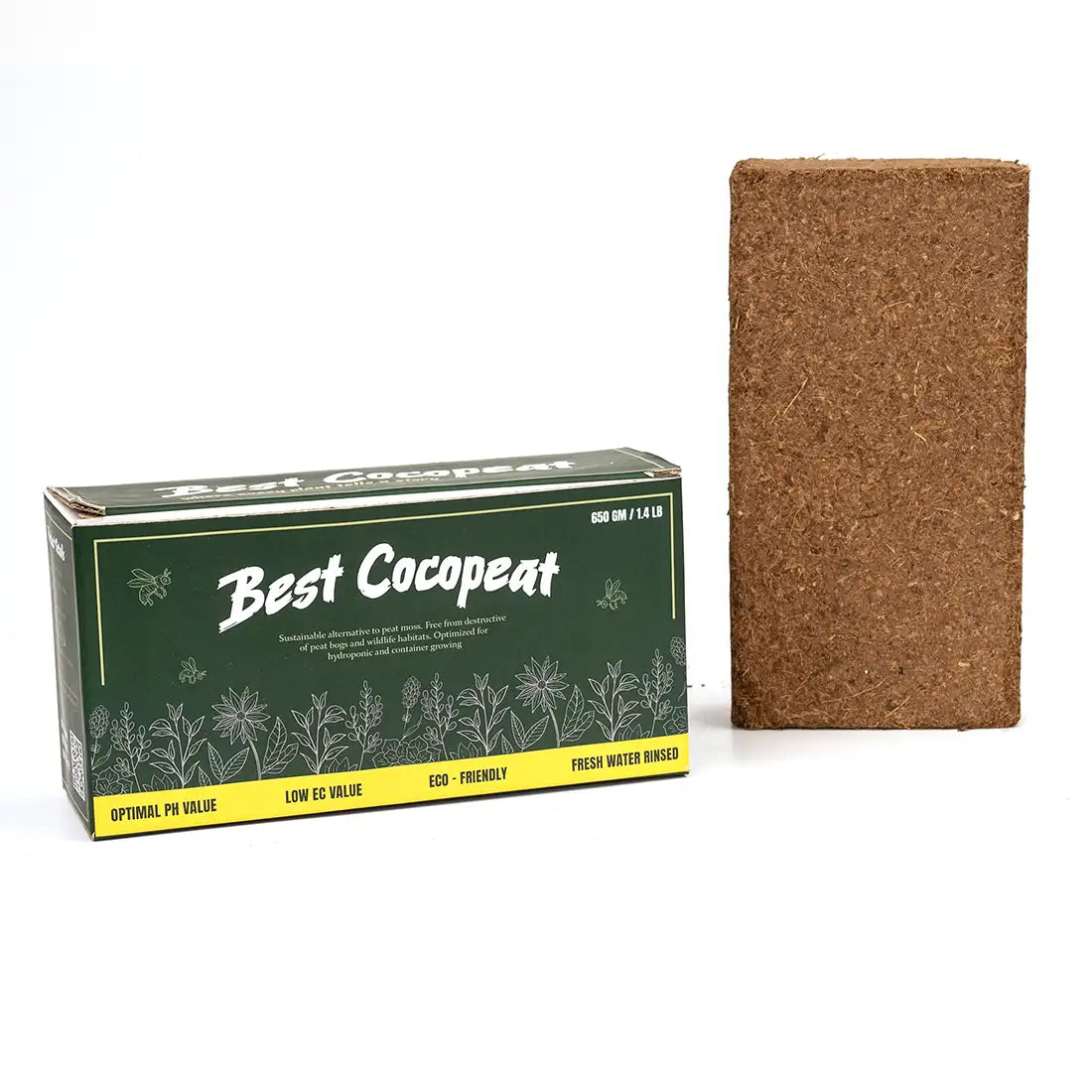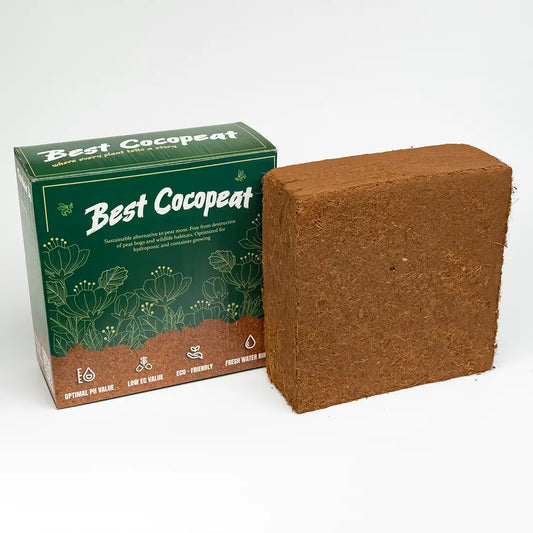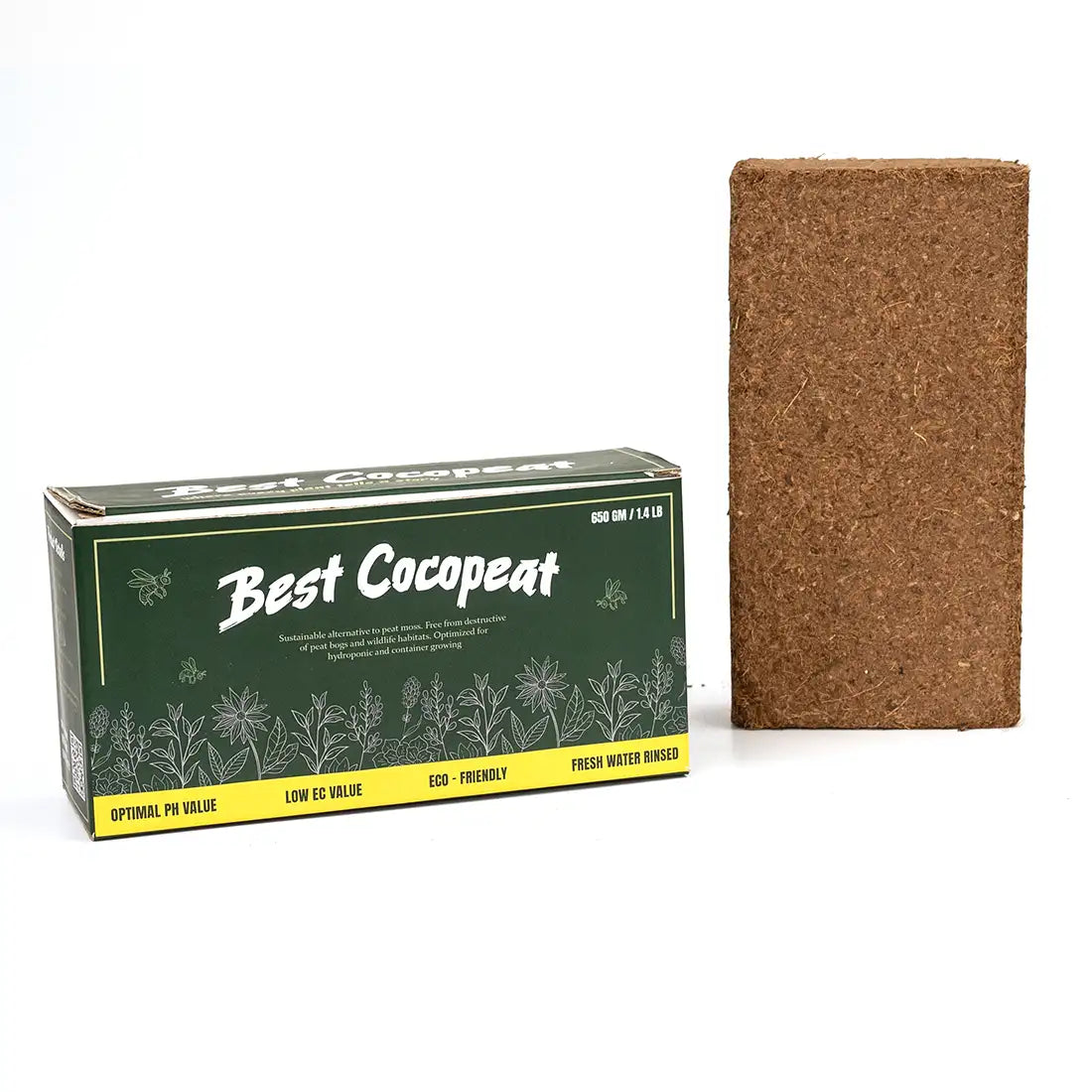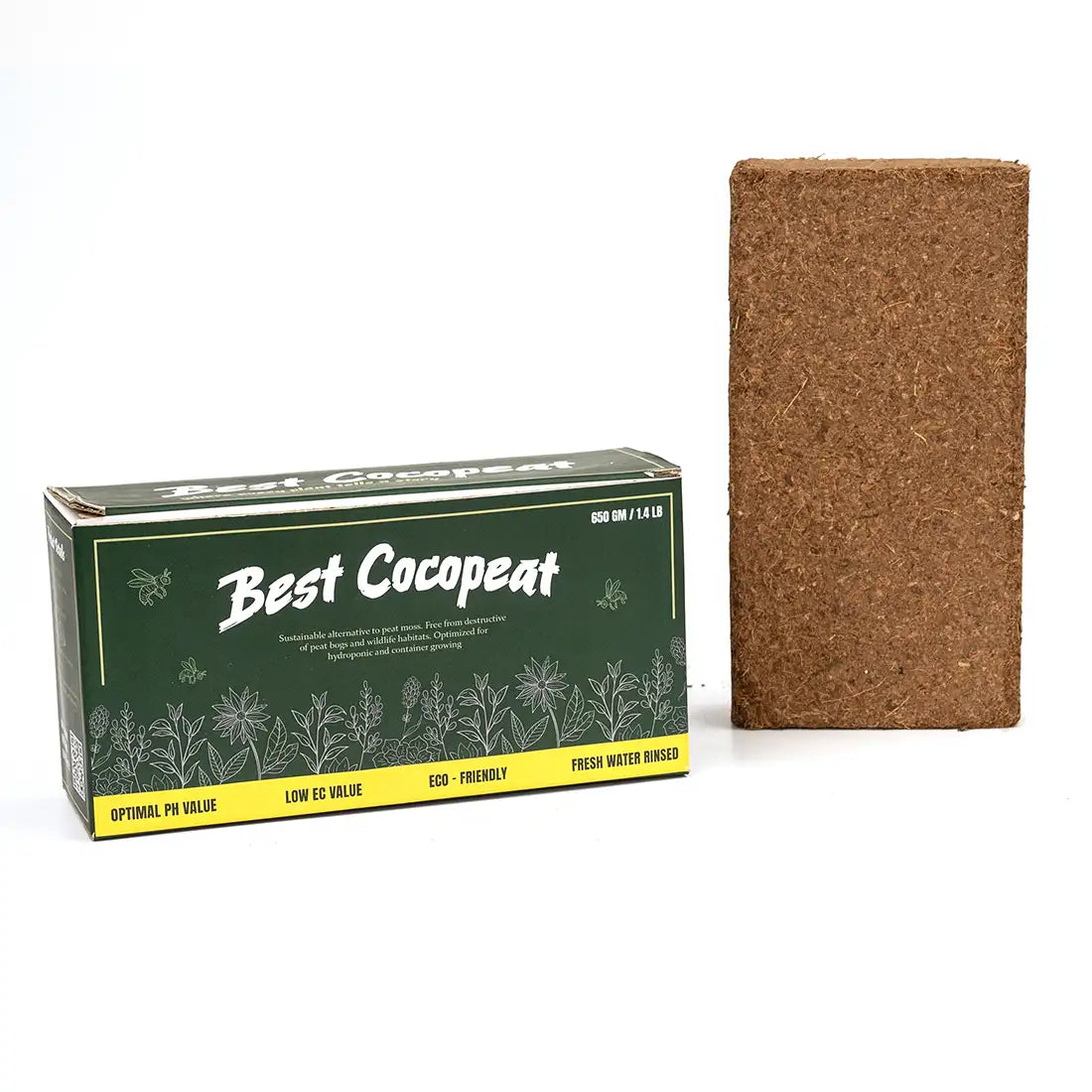Organic certification in the United States ensures that agricultural products meet strict federal standards for organic production, handling, and labeling. The process is regulated by the United States Department of Agriculture (USDA) through the National Organic Program (NOP). This certification helps consumers trust that the products they purchase are genuinely organic. Here’s a step-by-step breakdown of the organic certification process in the U.S.
Step 1: Determine Eligibility
Before applying for organic certification, farmers and producers must ensure their operations comply with USDA organic standards. These standards prohibit the use of synthetic pesticides, genetically modified organisms (GMOs), and certain fertilizers while promoting sustainable farming practices.
Step 2: Develop an Organic System Plan (OSP)
An Organic System Plan (OSP) is a detailed document outlining how an operation will comply with USDA organic regulations. The plan includes information about:
-
Soil and crop management practices
-
Pest and weed control methods
-
Livestock feeding and care practices
-
Record-keeping systems
-
Handling and processing procedures
Step 3: Choose a USDA-Accredited Certifying Agent
Producers must select a USDA-accredited certifying agent to conduct inspections and verify compliance. A list of approved certifiers is available on the USDA NOP website.
Step 4: Application Submission and Review
Applicants submit their Organic System Plan to the certifying agent along with the required fees. The certifying agent reviews the application to ensure it meets USDA organic standards.
Step 5: On-Site Inspection
A certifier conducts an on-site inspection of the farm or facility to verify compliance with organic standards. The inspection includes:
-
Field visits to check soil and crop health
-
Review of records and documentation
-
Observation of handling and processing procedures
Step 6: Certification Decision
After reviewing the inspection report, the certifying agent determines whether the operation meets USDA organic standards. If approved, the operation receives organic certification and can use the USDA Organic seal on its products.
Step 7: Annual Compliance and Renewal
Organic certification is not a one-time process. Operations must submit an updated Organic System Plan and undergo an annual inspection to maintain certification. Failure to comply with USDA regulations can result in certification suspension or revocation.
Benefits of Organic Certification
-
Consumer Trust: The USDA Organic seal assures customers of product authenticity.
-
Market Access: Certified organic products can be sold in premium markets.
-
Environmental Impact: Organic farming practices promote sustainability and soil health.
Conclusion
The organic certification process in the United States is rigorous but essential for maintaining high organic standards. By following USDA guidelines, farmers and producers can offer trustworthy organic products to consumers while promoting sustainable agricultural practices. Whether you are a farmer, processor, or distributor, understanding and complying with organic certification requirements is key to success in the growing organic market.

